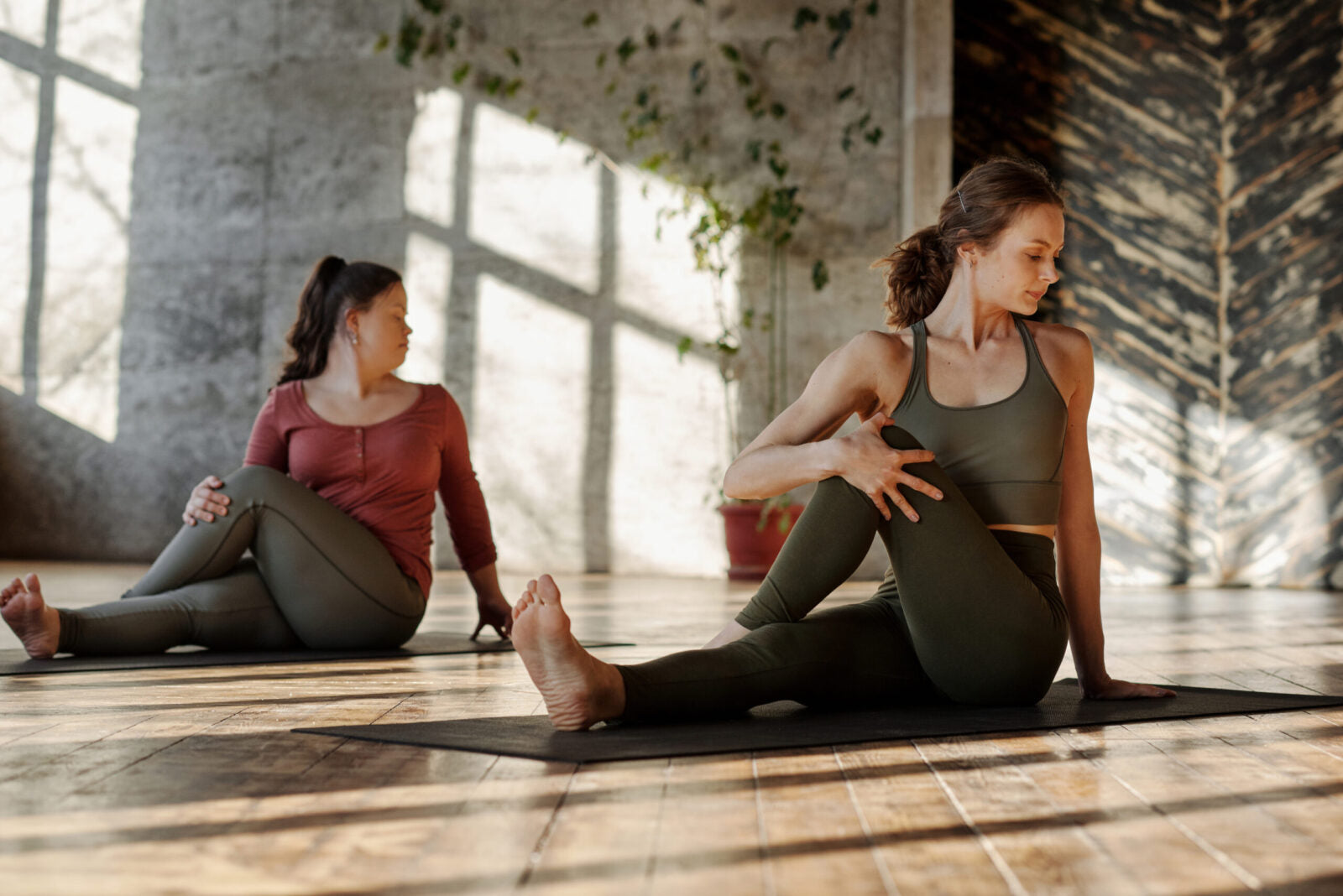Whether you’re a fitness fanatic or casual gym-goer, you’ve likely been told to stretch regularly as some point in your exercising journey.
But have you ever stopped to wonder why so many personal trainers, sports coaches and gym bunnies preach the importance of a post-workout stretch session?
We’re not here to debunk the importance of stretching. In fact, we recommend incorporating the ritual into your daily routine whether you’re working out regularly or not. Keep reading to discover why:
Stretching May Help To Increase Flexibility
Regular stretching has been thought to help improve muscle flexibility. Why is this important? When your range of motion is greater, your joints may move more readily and further.
This may reduce your chance of injury (particularly during sport) and enhance your daily movements.
Stretching May Help Support Circulation
Tense muscles have reduced blood flow, hence why they might be painful. Stretching may help to reduce tension as well as increase blood flow and oxygen to the muscles.
This may support them to recover after a particularly gruelling session in the gym. Not to mention, a good stretch at your desk may also help you to feel better when the drowsiness sets in.
Stretching May Help You Relax
Stretching after your workout may help you to wind down from stimulating exercise. And, if you’re stretching without having done a workout, it may help you to relax and focus.
Try taking some nice, deep breaths while you stretch. It’s important to take some time-out during the day to focus on your wellbeing, so why not incorporate a brief stretching routine into your me-time regime?
What You Should Remember While Stretching
- If you’re stretching as part of your workout routine, don’t stretch before warming your muscles up. Stretching cold muscles may lead to injury.
- Don’t bounce during your stretch. Stretch in a smooth movement without bouncing, as bouncing can cause injury to your muscle.
- Hold your stretch for about 20-30 seconds at a time.
- Don’t aim for pain. You should feel tension when you stretch, but if you feel pain, it means you’ve pushed too far. Think about how you can alter your stretch if you have injured muscles or joints.
If you found this information useful, you may enjoy the following:
Mild Aches And Pains: 10 Things You Should Know
Health & Fitness Tips From A Girl Who Hates The Gym & Loves Ice Cream
